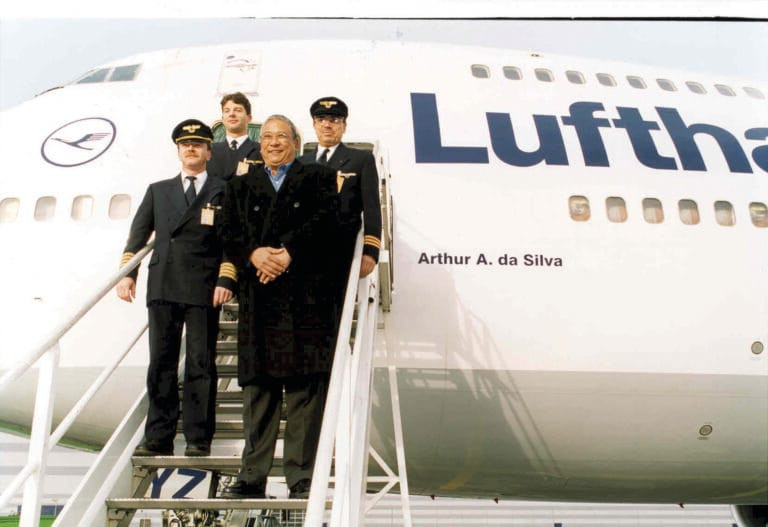- Hong Kong’s airfreight terminals face declining cross-border e-commerce volumes, especially on transpacific routes, as Chinese platforms like Alibaba, Taobao, Temu, and Shein cut airfreight costs.
- Policy changes, notably the US de minimis rule cancellation, have made low-value shipments more expensive, reducing exports to the US and Europe.
- Intra-Asia e-commerce remains relatively strong, but Hong Kong’s transshipment role is challenged by direct freighters from Guangzhou, Shenzhen, and Macau.
- Digital efficiency tools like e-AWB, e-CSD, and cargo community systems improve handling speed and visibility, but AI and robotics are not yet deployed.
- Competitive pressures from mainland Chinese airports and tighter Hong Kong security regulations increase costs, highlighting the need for differentiated service and operational agility.
The explosive growth of cross-border e-commerce from mainland China appears to have hit a stumbling block. Contrary to widespread assumptions of sustained expansion, Hong Kong’s airfreight terminals are grappling with a decline in volumes — particularly on transpacific routes — as major Chinese platforms recalibrate their logistics strategies.
“It’s facing a downturn. Companies such as Alibaba, Taobao, Temu and Shein are trying to save on airfreight costs, and we’re seeing a drop in volumes, especially to the United States,” Arthur Antonio da Silva, managing director of Jet-Speed Air Cargo Forwarders (HK) Ltd, explains.
This drop is largely linked to shifts in policy. “One major factor has been the cancellation of the de minimis rule by Donald Trump,” da Silva notes, referring to the former US administration’s tightening of duty-free import thresholds. “That policy change made it far more expensive to send low-value items to the US by air.”
The consequences are wide-reaching. Cargo terminals that once relied on a steady influx of small parcels now face underutilised capacity and less predictable scheduling. The slowdown is forcing Hong Kong to reassess its regional role, especially with airports in the Greater Bay Area — notably Guangzhou and Shenzhen — ramping up their direct freighter offerings.
“We’re being challenged as a transshipment hub,” da Silva says candidly. “More and more freighters are flying directly out of Shenzhen, Guangzhou and Macau. That changes the dynamics for us here in Hong Kong.”
While intra-Asia trade remains a relatively bright spot, particularly for e-commerce fulfilment, the overarching narrative is cautionary. “Business to the United States has dropped drastically,” da Silva reiterates. “And the European market hasn’t been strong either this year.”
Digital efficiency is in, but not yet automated
Despite the downturn in volumes, the pressure to streamline cargo handling has not eased. Digital integration, through cargo community systems and electronic documentation, is providing vital efficiency gains, but artificial intelligence (AI) and robotics remain absent.
“At the moment, Hong Kong cargo terminals are not using AI or robotics to improve speed,” da Silva says. “Computer automation is already in place — both HACTL and CPSL terminals have established systems — but there’s no AI or robotic automation yet.”
The backbone of operational improvements lies in simpler digital transformations. “The respective cargo community systems and e-freight — things like the e-AWB and e-CSD — have already improved cargo handling efficiency at Hong Kong’s airfreight terminals,” da Silva confirms.
These tools streamline processes, reduce paperwork and increase visibility across the supply chain — essential where delays can have cascading effects globally.
Still, existing technology limitations are becoming evident. “There hasn’t been a real increase in exports from the Greater Bay Area cities,” da Silva says. “Tariffs introduced by Trump have pushed airfreight volumes down, and e-commerce to Europe has been weak. We’re seeing overall volumes drop — except for intra-Asia, which is still fairly strong.”
Regulatory hurdles compound the softness in demand. “The Civil Aviation Department in Hong Kong, together with some airlines, are tightening security regulations,” da Silva explains. “This is making transshipment business via Hong Kong more difficult, increasing costs and reducing flexibility.”
Competitive pressures from mainland airports mount
Mainland Chinese airports are emerging as serious competitors, offering cost advantages and increasingly sophisticated service. “We are still in a position where we provide a better service than Guangzhou and Shenzhen, especially for e-commerce,” da Silva asserts. “But of course, the main problem is rate offerings. Very often, Guangzhou and Shenzhen rates are cheaper than Hong Kong, and this puts strong competitive market pressure on us here.”
For Hong Kong handlers, the focus is on reliability, experience and speed. Without price competitiveness or differentiated value, this edge could erode. Regulatory harmonisation also lags.





